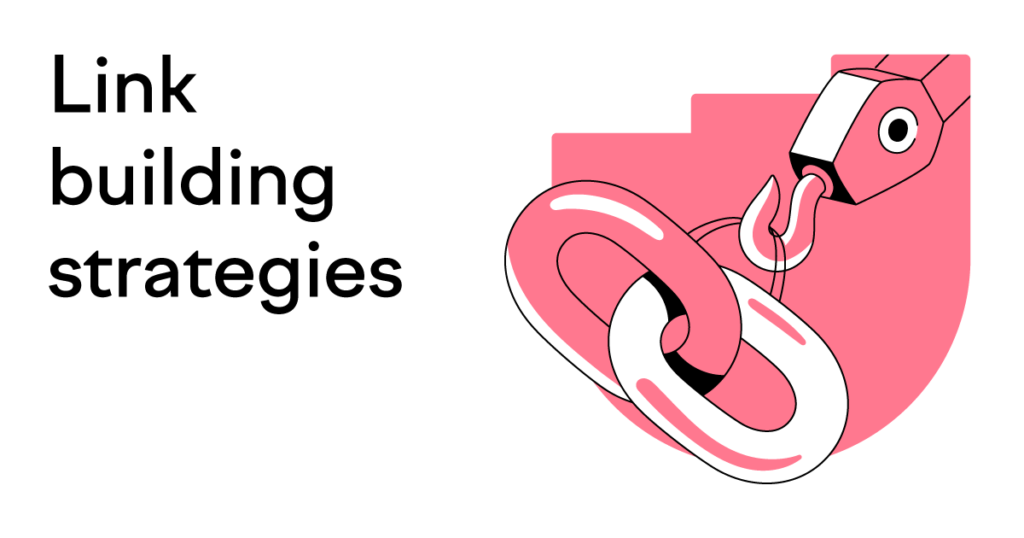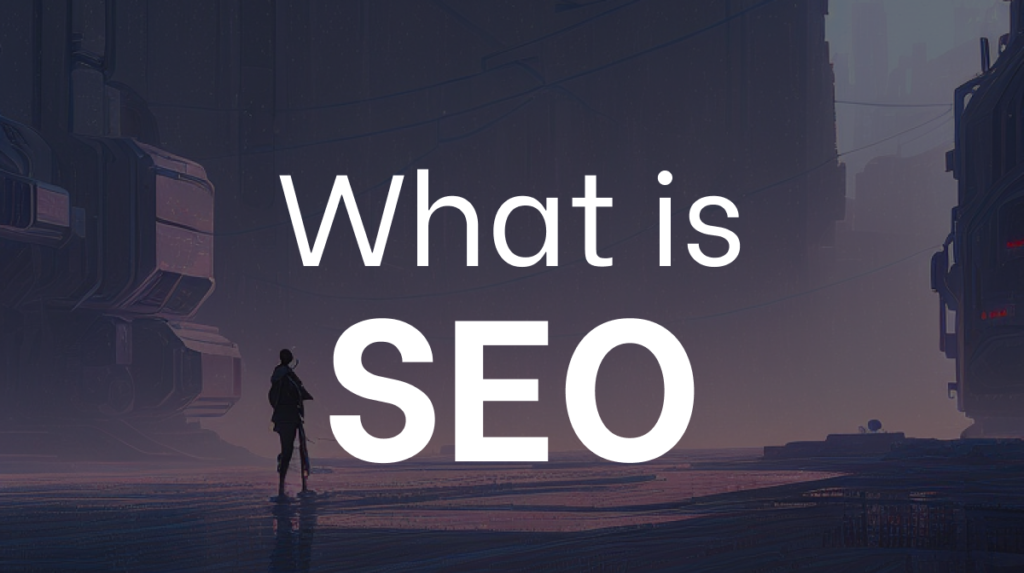Search Engine Optimization (SEO) is an essential tool for any website or online business. It is the practice of optimizing your website and content to be more visible in search engine results pages (SERPs). This can be done by improving the relevance and quality of your content, as well as making sure that all of your pages are properly indexed.
SEO is a complex topic, so this guide will provide you with a comprehensive overview of what it is and how to use it effectively. We will discuss topics such as keyword research, on-page optimization, link building, and more – all with the aim of helping you understand how to optimize your website for maximum visibility in search engines.
By the end of this guide, you will have a firm understanding of SEO and how it can help your business grow. Let’s get started!
What Is SEO?

SEO is the process of optimizing your website, content, and other related elements so that it appears in search engine results when people look for specific terms or keywords. SEO consists of a variety of strategies aimed at improving visibility in the organic search results.
At its core, SEO is all about making sure Google understands what your website is about and ordering it in such a way that it delivers high-quality search results to users who are looking for stuff related to what you offer. It also involves optimizing your content to ensure that you show up frequently in relevant searches.
By using methods like keyword optimization, backlinking, meta tags and descriptions, as well as other techniques like alt tags on images, you can make sure your website gets noticed by the search engines and shows up prominently in organic searches.
Key Elements of Search Optimization
Search Engine Optimization (SEO) is a term used to describe the process of optimizing your website and its content to be as visible as possible in search engine results. In other words, it’s about increasing the visibility and ranking of your website on search engines like Google, Yahoo, and Bing.
When done right, SEO can help you get more organic traffic that leads to conversions and sales. Here are some of the key elements of SEO:
- Keyword Research: Identifying the best keywords to target is a key element of SEO. By researching the best keywords to focus on in your website’s content, you can make sure that it gets seen by the right people.
- Content Optimization: Your content should not only feature target keywords but also be optimized for readability, sharing, and other SEO guidelines set by search engines.
- Link Building: Having links from other sites to yours helps search engines understand which websites are considered important and authoritative by other websites in your industry.
- Technical Optimization: There are many technical aspects that can affect how visible a website is in search engine results such as its loading speed, mobile optimization, structured data implementation, etc.
On-Page SEO Techniques
On-page SEO is a set of techniques that can be used to optimize individual webpages for search engine rankings. It’s essential for webmasters and content creators to learn how to properly use these methods in order to maximize their pages’ potential.
One of the most important on-page SEO techniques is optimizing the page’s title tag. The title tag should clearly identify the page’s topic, while also using keywords that are relevant to what your audience is searching for. Additionally, the title tag should be kept under 60 characters so that it doesn’t get truncated in search engine results pages (SERPs).
Other on-page SEO techniques include:
- Creating meta descriptions for each page that accurately describe the content and use targeted keywords
- Writing content with targeted keywords but without sacrificing readability or clarity
- Ensuring alt tags are used with all images included on the page
- Structuring content using headings, subheadings and bulleted lists
- Optimizing URLs by including targeted keywords
Following these simple on-page SEO techniques can help webmasters gain a competitive edge in SERPs and drive more organic traffic to their sites.
Read more:
- 18 Biggest SEO Trends to Look for in 2023 (UPDATED LIST)
- Upgrade Your SEO Game With These Must-Have SEO Tools
- Link Building for SEO: Strategies for Building Quality Backlinks
Off-Page SEO Techniques

When it comes to SEO, off-page techniques are just as important as on-page techniques. Off-page SEO is the process of optimizing a website’s presence outside of its own pages.
Link Building
This involves building links from other websites to your own, which helps search engines identify your website as an authority in its niche. Popular methods of link building include guest blogging and creating content that links to other sites (such as an infographic).
Social Media Signals
Social media signals such as likes, shares, and retweets can also help improve the visibility of your website’s content. Every time someone shares your content on social media, it acts as another vote of confidence for the search engine’s algorithm.
Online Reviews
Online reviews are also important for off-site SEO because they act as user endorsements that increase click-through rates and build brand trust. The more positive reviews you have on your website or business page, the more likely search engines will rank you higher their results pages.
Read more:
- Step-by-Step: How to do SEO successfully
- From Zero to Hero: How to Improve Your SEO
- Unlocking the Secrets of SEO: How an SEO Agency Can Help Your Business Succeed
How to Measure Your Progress With SEO

Measuring your progress with SEO is an important part of the process, and involves tracking key performance indicators (KPIs). These KPIs can help you understand how effective your SEO efforts are, and provide insight into which sources of traffic are driving the most conversions.
The most common KPIs to measure progress with SEO include:
- Organic search traffic: This metric tracks how much organic search traffic is being generated from a website or page. It’s important to track this KPI because it is often an indication of how well your SEO efforts are paying off.
- Conversion rate: This metric tracks the number of people who purchase a product or service from your website after performing a search query related to that product or service. Tracking the conversion rate for organic search traffic will help you determine whether or not the SEO tactics you’re using are working.
- Time on site/page: This metric tracks how long visitors to your site stay on each page, which is important for understanding user engagement levels and ensuring visitors are getting the most out of their experience on your site.
- Bounce rate: This metric measures how many people “bounce” (i.e., leave) from your website after visiting one page, which can help you identify if there are any areas where visitors are not finding what they need quickly enough and leaving in frustration.
- Number of backlinks: The number of backlinks pointing to your website or page provides insight into how popular it is with other websites and can also indicate if link building efforts have been successful in driving more high-quality links to your content.
Common FAQs About Search Engine Optimization
You may have some questions that come up when thinking about SEO. Here are some of the most common questions regarding search engine optimization and their answers:
What is an SEO report?
An SEO report is a document that contains information about the performance of an website’s optimization efforts. The report will provide you with details on how well your website is ranking for relevant keywords and phrases, what strategies are being used, and the results of those strategies.
How do I optimize my website?
Optimizing your website involves several steps, such as researching relevant keywords, optimizing your content for those keywords, creating backlinks to your website from other trusted websites, and ensuring your website is accessible to search engines. For more tips on how to optimize your website for SEO, check out our SEO guides.
How often should I update my content for SEO?
It’s important to update your content on a regular basis so that it remains relevant in the eyes of search engines and users alike. Keep in mind that fresh, original content is always preferred by both search engines and readers. Aim to update your content at least once a month with new information or visuals.
Conclusion
In conclusion, SEO is a powerful strategy that all businesses should implement in their digital marketing, as it is an effective way to reach customers, build brand awareness, and increase website traffic. With the right tools and techniques, it is possible to optimize your website, content, and keywords effectively to achieve a top spot in the search engine rankings. SEO can help you to establish a strong online presence, increase visibility and ultimately grow your business.

